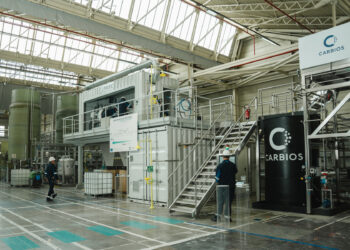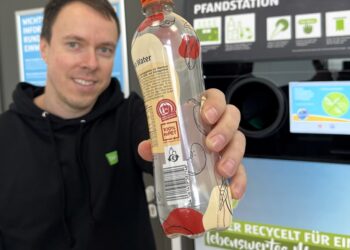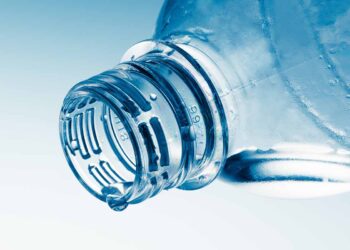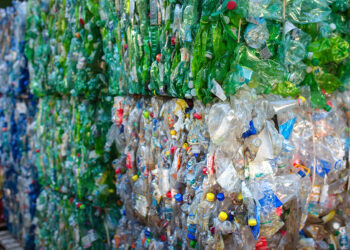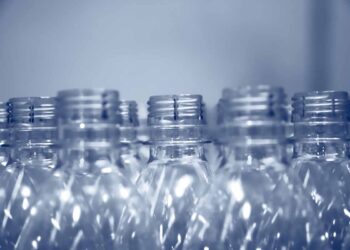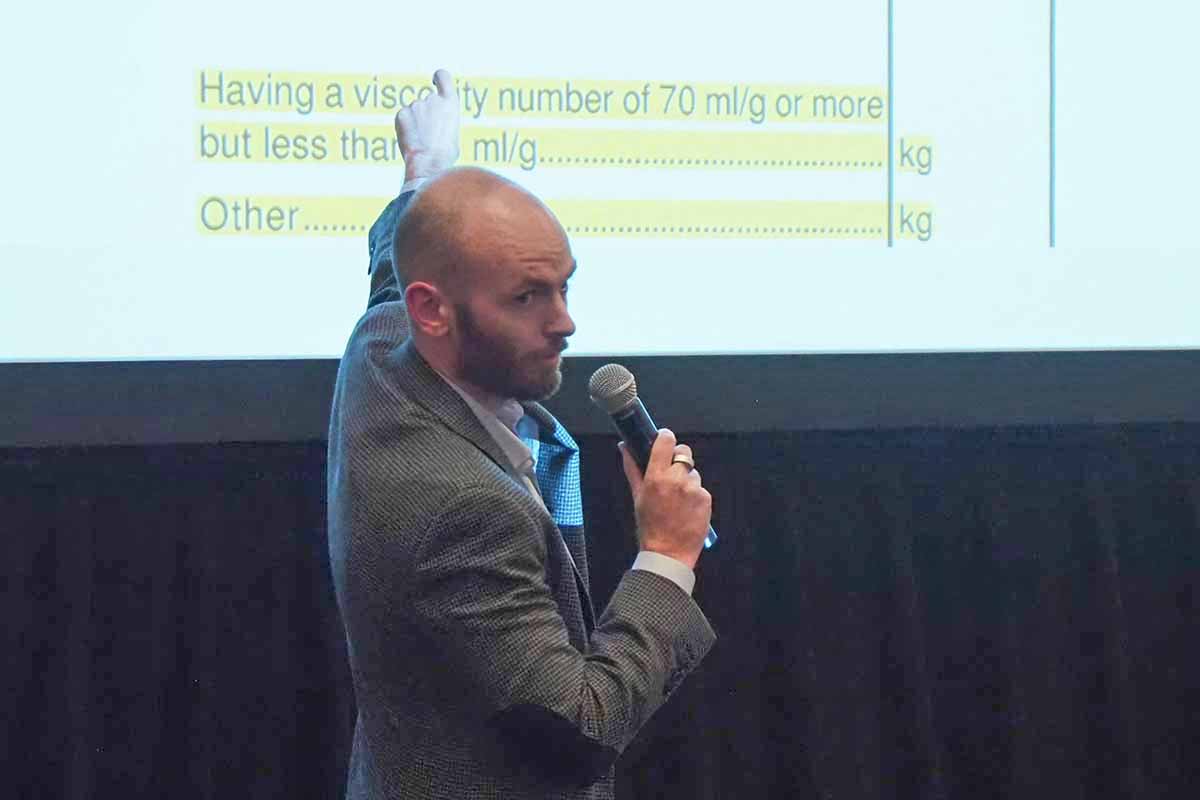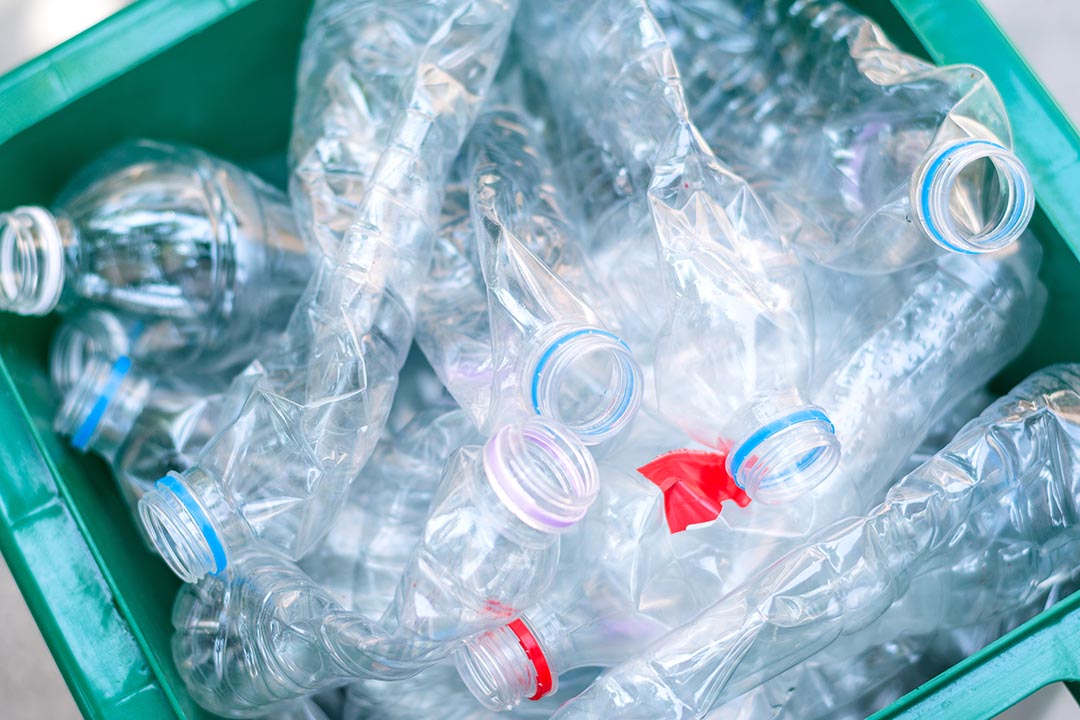Global beverage giant Coca-Cola is running behind in its 2030 targets for recycled content and collection, according to the company’s most recent environmental update.
In 2023, the company used 27% recycled materials in primary packaging globally, and of the PET used, 17% was recycled resin. Although the total is well below the 2030 target of 50%, Coca-Cola increased its recycled materials usage by 5 percentage points over 2021, and by 2 points over 2022. The share of RPET used has increased by 4 and 2 points, respectively, from 2021 and 2022.
“Package design and the use of recycled materials are areas that are ultimately in our control, but costs, quality and new innovations are dynamic factors that affect our ability and timelines for implementation,” the company said in the 2023 report.
“The key challenge for us is collection for recycling of beverage packaging, which is the key step to ensure a functioning circular economy. We continue to explore new collection models or improve existing ones, investing in community infrastructure and engaging policymakers.”
Of the company’s total packaging, plastic bottles – mostly PET – represent 47.7%, while aluminum and steel bottles and cans account for 26%
Total global packaging weighed in at 5.97 million metric tons in 2023, only slightly more than in 2022 but 12.6% higher than the 2021 level. Globally, 90% of Coca-Cola packaging was recyclable, nearing the company’s goal of 100% by 2025 but stable since 2021.
Although the company aims to reduce consumption of virgin plastic by a cumulative 3 million metric tons between 2020 and 2025, it did not reduce this use in 2020-2023, citing business growth. In 2020 sale volumes of beverages bottled in PET fell amid the pandemic-related absence of events and travel, but in 2021-2023, Coca-Cola reported strong growth in Latin America and Asia.
In October 2023, the Ellen MacArthur Foundation reported that big-name brands’ increased use of virgin plastic had been offsetting the overall reduction achieved by other reporting companies.
In the U.S. in particular, RPET is typically far more expensive than virgin resin, and in 2023 and early 2024, widely available imported virgin resin made competition nearly impossible for domestic recyclers, especially amid the absence of recycling mandates.
Nevertheless, in 2020-2023, Coca-Cola “averted a further increase” of 1.9 million metric tons of virgin plastic via lightweighting and by including RPET in its packaging.
The total weight of virgin plastic used in 2023 was 2.83 million metric tons, lower by 2.7% on the year but still higher by 3.6% from 2021.
For collection, by 2030 the company aims to collect and recycle one bottle or can for each it sells. So far, 62% of its packaging was collected for recycling in 2023.
By 2030, Coca-Cola aims to have at least 25% of its beverages globally sold in refillable or returnable glass or plastic containers or in fountain dispensers with reusable packaging. In 2023, 14% of total beverage volume was served in reusable packaging, unchanged from 2022. But sales of finished products in reusable packaging were higher by more than 100 million unit cases, with a unit case defined as 24 8-ounce servings.









